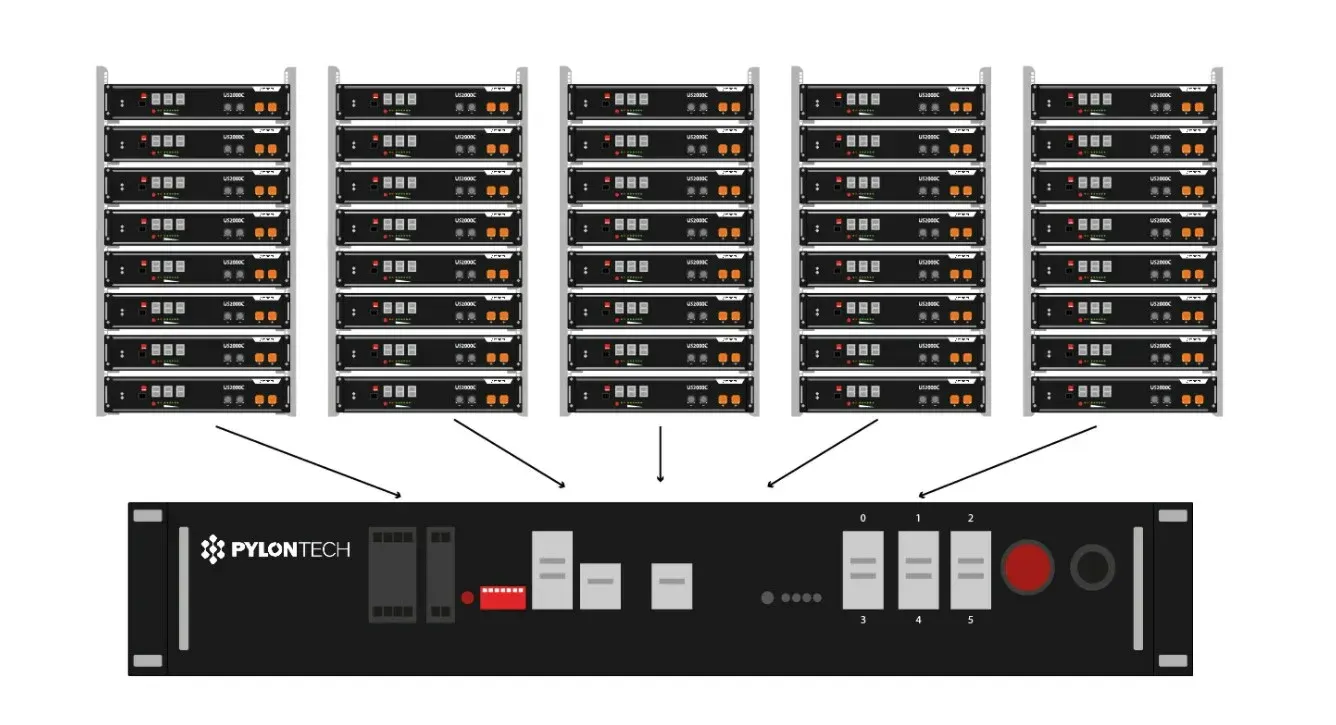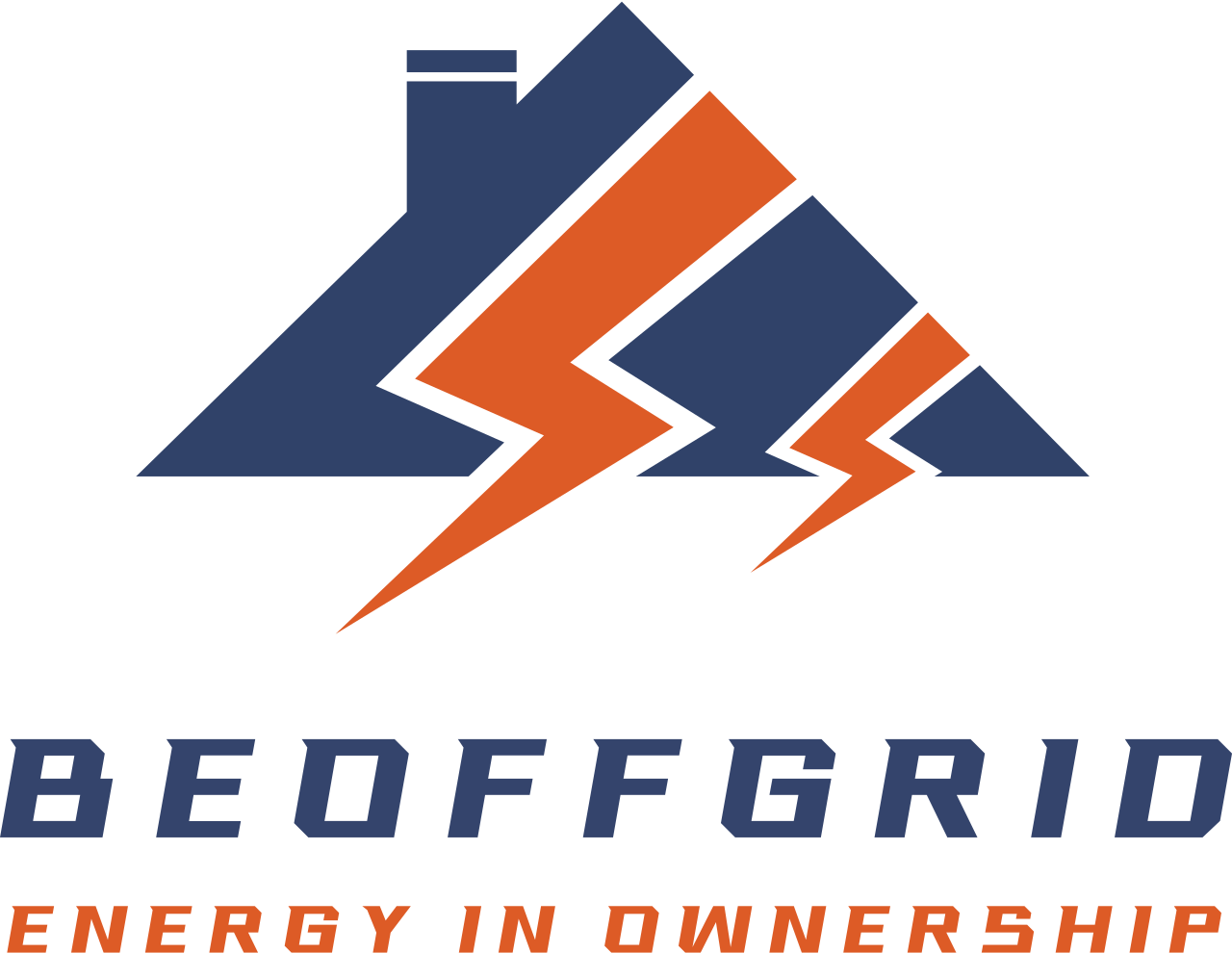Storing electicity
Electricity is stored in batteries. An electric car, for example, contains a large capacity of batteries to drive the engine. You can also purchase batteries to provide your home with electricity. These are then charged by the sun.
Batteries are going to play an increasingly important role. Not only can you retain the sun's energy, but you can also charge them when the energy from your supplier is the cheapest.
Energy netting still exists in the Netherlands. This means that supply back to and consumption from the Grid is settled immediately. There is therefore no difference between the costs of electricity supplied and electricity used. Due to the rise of “smart” meters, these two values are measured separately and can therefore receive different prices. Obviously return delivery will be paid less than electricity you purchase.

The size of your battery system
You can store energy in batteries. This will be easier for a small mountain hut than for a house that is heated by air conditioning, a heat pump, a clothes dryer and an electric car.
The different batteries on the market have different configurations, so sometimes the maximum capacity is low (max 80kw) and sometimes extremely high (400kw x 5).
Batteries are also sensitive to temperature. You cannot discharge or charge them below 5 degrees. If you want to place them in a location where the temperature drops, an automatic battery heating system is required.
Your electric car can be charged quickly via a fast charger. This can also be done via a generator if your system is set up for this. The same applies to the batteries of your car if necessary.

